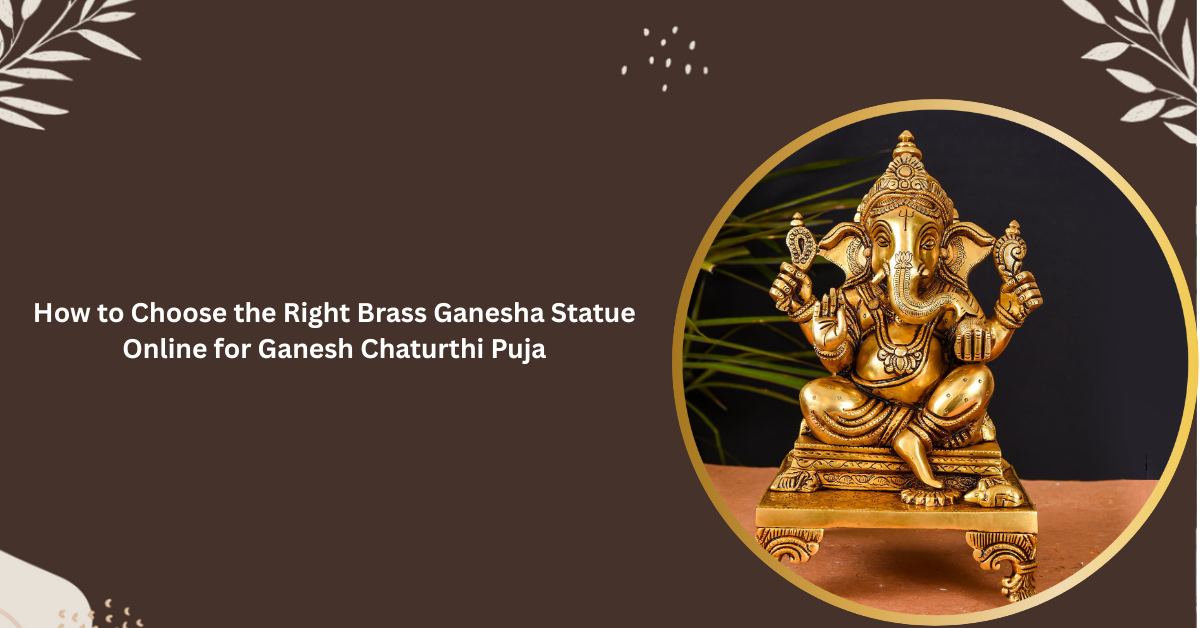

All About Annapurna: The Generous Goddess of Food and Nourishment
, by javed techqart, 4 min reading time
Annapurna stands out as the radiant goddess of food and nourishment in the vast and colorful world of Hindu deities. Her name itself tells a beautiful story. "Anna" means food, and "Purna" signifies complete or full. So, Annapurna represents the giver of plenty, the one who ensures everyone has enough to eat.
More Than Just Full Bellies
Annapurna offers more to our tummies than simply sustenance. Beyond merely satisfying our appetites, Annapurna offers more. She is the living example of the notion that sustenance comes from food, both physically and spiritually. In addition to keeping our bodies strong and healthy, delicious food also nourishes our minds and promotes deeper personal growth.
The Story of the Compassionate Kitchen
The history of Annapurna's origin is interesting. According to Hindu mythology, Parvati was once Annapurna, the wife of Lord Shiva. In this form, she disappeared from her home, leaving Shiva confused. He soon discovered she had set up a grand kitchen in the holy city of Kashi (present-day Varanasi). Here, Annapurna generously cooked and served food to anyone who came hungry, be it gods, humans, or animals.
One day, even Shiva, disguised as a beggar, arrived at Annapurna's kitchen. He humbly asked for food, and the kind goddess served him with her own hands. This simple act had a profound meaning. It showed Shiva, the embodiment of the universe, that even the divine needs nourishment. But more importantly, it highlighted the plight of ordinary people who might not have enough to eat.
Recognizing Annapurna
How then do we identify Annapurna? She is frequently shown as a glowing, maternal figure with exquisite clothing and jewels. But it's her possessions that really make her unique. She is holding a great golden bowl filled to the brim with rice grains in one hand, signifying the abundance she bestows. On the other hand, she might hold a spoon, ready to serve those in need.
Food as a Divine Gift
The story of Annapurna imparts to us a great lesson. Never should we consider food to be a given. Every meal is a priceless gift and a symbol of the goddess' kindness. For this reason, before they eat, a lot of Hindus give a tiny amount of their food to their gods. It's a method to show our appreciation and recognize the heavenly source of our sustenance.
Worshipping a Brass Devi Annapurna Statue
Many devotees choose to worship Annapurna in their homes by having a brass Devi Annapurna statue of the goddess. Here is a simple guide:
- Prepare a clean and dedicated space: Choose a place in your home for the brass Devi Annapurna statue, preferably in the kitchen or puja area. Clean the area thoroughly to create a sense of purity.
- Invite Annapurna: Before placing the brass Devi Annapurna statue, perform a small invocation or prayer to welcome Annapurna into your home.
- Offerings: You can offer simple items like fresh flowers, fruits, or cooked vegetarian dishes. A small bowl of rice is also a common offering.
- Light and Prayer: Light a brass diya in front of the brass Devi Annapurna statue. You can chant prayers or mantras dedicated to Annapurna, expressing your gratitude for food and nourishment.
To worship Brass Devi Annapurna, remember that honesty and dedication are the most crucial factors. You may develop an appreciation for food and the blessings it gives by giving gratitude and showing respect to the goddess.
Temples and Traditions
All over India, there are several temples devoted to Annapurna. To make sure that no one goes hungry nearby, several of these temples even operate free kitchens. The spirit of Annapurna comes to life during holidays like Navaratri, which honors the strength of the divine feminine. In honor of the goddess's generosity, special food offerings are made and meals are frequently shared among the community.
A Message for Everyone
Annapurna is a Hindu goddess. People of many origins and beliefs may relate to her message of food as a source of compassion and nutrition. In a world where hunger and food poverty endure, Annapurna serves as a reminder to share what we have and show appreciation for the blessings in our existence. After all, Annapurna's ideal world is getting closer to when everyone has access to enough food.





